Inexpensive Camera for Wildlife: Olympus E-M1 Mark II + Reader Comments
At just $899 ($800 off) back in December, I couldn’t pass on the Olympus E-M1 Mark II.
Oldie but a goodie—I always enjoyed the quick-shooting easy of the E-M1 II, but I never bought one until about a month ago. It make a terrific camera for wildlife shooting handheld (eg Bighorn Sheep Rams).
Below, I used the Olympus M.Zuiko 75mm f/1.8 ED with Eye AF. I’d love to own the Panasonic Leica DG Elmarit 200mm f/2.8 Power OIS for more reach into my backyard, but it’s darned expensive.
At ISO 1000 or 2000 (!) you might think that quality would suffer on a Micro Four Thirds camera. And it does, a little... there is a fine grained low-level noise which is even lower if sharpening is reduced a little. And some chroma noise. But overall I’m quite impressed with what a 4-year-old camera design can do, and it’s a lot easier to shoot at dusk at f/4 than f/8 (on full frame) for the depth of field seen here.
You can of course buy a full-frame camera like the Sony A7 II (24 megapixels, it was $898 for a while), but you then are into much larger and heavier lenses. I already had some lenses, and I wanted to use my Panasonic 8mm f/3.5 fisheye again, so that made my decision easier. And you’re just not going to beat the Olympus 75mm f/1.8 ED for compactness and reach.
Panasonic Leica DG Elmarit 200mm f/2.8 Power OIS is missing below, for unknown 'feed' reasons.

|

|

|

$700 SAVE $200 = 22.0% Olympus 75mm f/1.8 M.Zuiko Digital ED Lens (Silver) IN STOCK in Lenses: Mirrorless
|

|

|
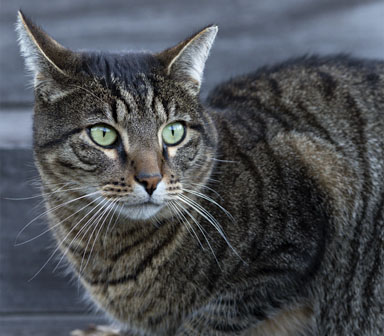
Olympus E-M1 Mark II + OLYMPUS M.75mm F1.8 @ 155.7mm equiv (75mm) RAW: LACA corrected
Tigger
[low-res image for bot]
Like other brands, the Olympus E-M1 Mark II seems incapable of really focusing on the iris of the eye, which is really frustrating because Tigger won’t stay still for more than half a second.On the plus side, ISO 2000 has a little noise, but still looks way better than iPhone DNG files (garbage-grade in light like this).
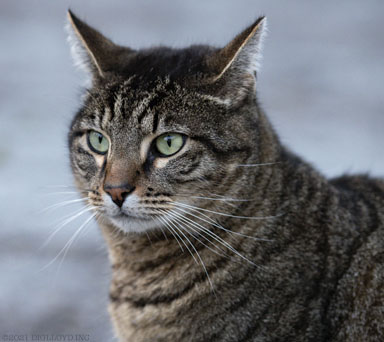
Olympus E-M1 Mark II + Olympus Zuiko SHG 35-100mm f/2 ED @ 207.6mm equiv (100mm) RAW: USM {8,50,0}
[low-res image for bot]
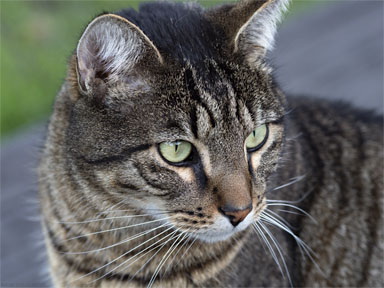
Olympus E-M1 Mark II + OLYMPUS M.75mm F1.8 @ 155.7mm equiv (75mm)
[low-res image for bot]
Below, the Olympus Zuiko SHG 35-100mm f/2 ED works great on the E-M1 Mark II.
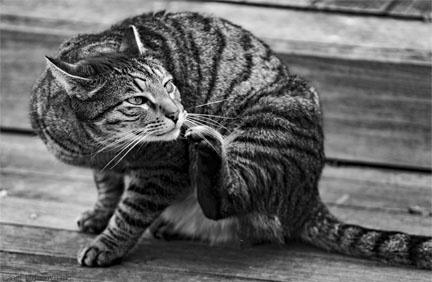
Olympus E-M1 Mark II + Olympus Zuiko SHG 35-100mm f/2 ED @ 207.6mm equiv (100mm)
RAW: pull 0.2 stops, +20 Whites, +60 Dehaze, +15 Clarity, USM {8,50,0}
[low-res image for bot]
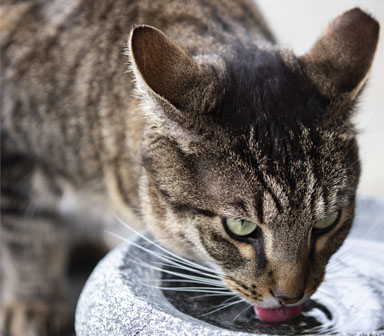
Olympus E-M1 Mark II + Olympus Zuiko SHG 35-100mm f/2 ED @ 193mm equiv (93mm) RAW: pull 0.33 stops, +20 Whites
[low-res image for bot]
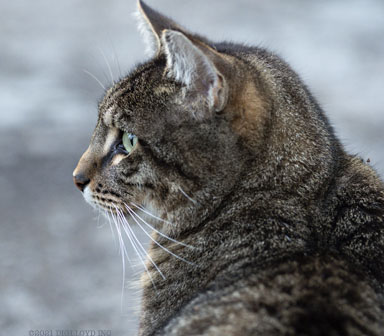
Olympus E-M1 Mark II + Olympus Zuiko SHG 35-100mm f/2 ED @ 137mm equiv (66mm) RAW: USM {8,50,0}
[low-res image for bot]

Olympus E-M1 Mark II + Olympus Zuiko SHG 35-100mm f/2 ED @ 186.8mm equiv (90mm)
RAW: +40 Shadows, -100 Highlights, -9 Blacks, +20 Dehaze, +15 Clarity
[low-res image for bot]
Reader Comments
My purchase of the Olympus E-M1 Mark II was predicated on having multiple lenses already, but spending $3K on a 200/2.8 or 300/4 gives me pause—highly unlikely.
However, I own the Olympus Zuiko SHG 7-14mm f/4 ED, Olympus Zuiko SHG 14-35mm f/2 ED, Olympus Zuiko SHG 35-100mm f/2 ED, all three of which are among the finest zoom lenses ever produced. They are Four Thirds and require a lens adapter for Micro Four Thirds, but they work pretty well even for AF on the E-M1 Mark II. The Olympus Zuiko SHG 90-250mm f/2.8 ED would have been nice to have but I never bought it. All are now out of production but can be found used.
Jay S writes:
Maybe I'm misreading between the lines as you seem to be moving away from Nikon, and I know their DX Z lineup is 'sparse', but I would think the Z50 kit at $1200 USD w/ the 50-250mm might make a mighty nice wildlife enthusiast starter kit. Still... those Olympus Tigger shots look *GREAT*! Thanks for your awesome coverage!
DIGLLOYD: I am not moving away from Nikon, Nikon is moving away from me by not aggressively updating its camera and lens line, by falling behind Sony and Fujifilm—multi-year wait for a Nikon Z7 II which does zero for me as a landscape photographer vs a Nikon Z7—no pixel shift, not multi-shot high-res mode, no frame averaging... no thanks—if Nikon can’t at least get the software angle nailed down in some superior way, I’m not going to take on a laggard platform.
As for APS-C, a Nikon Z50 could be a fine choice, but I’d rather buy a full-frame camera and just crop to APS-C as needed (and APS-C lenses can still be used in crop mode). And I’m skeptical that the Nikon NIKKOR Z DX 50-250mm f/4-6.3 delivers the quality I’d want (field curvature being a big concern), and it’s awfully slow. Still, I have to acknowledge that combo as a contender and it should be capable of first rate images... but how the fit and balance is in the hand, dunno. Then again, that Olympus 75/1.8 is razor sharp. very compact and with a flat field, and I value that a lot. The Micro Four Thirds lenses are super expensive (for the best ones) and the choice has to be thought through very carefully versus intended usage before building out a system.
James M, a wildlife photographer since 1949, writes:
The main reason for a wildlife photographer to use the Olympus E-M1 Mark II is the Oly 300mm f/4 S PRO lens. Combining the lens stabilization with the internal stabilization in the body, you can get the equivalent of 600mm f/4 handheld—sharp as a tack. You can respond instantly to a wildlife opportunity while your companions are still setting up their tripods.
I have used the 300mm f/4 for several years and it has never let me down. The upcoming Olympus 150-400mm f/4.5 IS lens may be an additional reason, but I have yet to see a critical review. For less than 300mm there are many good lens options. I often use the Panasonic Lumix 42.5mm f1.2 ASPH.
DIGLLOYD: I agree that the Olympus M.Zuiko 300mm f/4 IS PRO is a fantastic lens, and I also agree on the handheld/tripod thing too. My guess is that the Olympus M.Zuiko Digital ED 150-400mm f/4.5 TC1.25X IS PRO is superb, but I have not tested it. With its built-in 1.25X teleconverter delivering 188-500mm zoom range (or 375-1000mm equivalent), it sounds like an ideal solution for wildlife—except that at 4 pounds / 1875g it is getting into uncomfortably large/heavy range for handheld shooting. But if you need that range—wow!
The Panasonic Leica DG Elmarit 200mm f/2.8 Power OIS is razor sharp with a flat-field wide open and it’s very comfortable for continual handheld shooting, whereas the Olympus 300mm f/4 passes the “easy and enjoyable” threshold for me—it’s not bad, but it doesn’t feel as fun as the 200/2.8. And I’d prefer the 200/2.8 over the Olympus 300/4 just because it is a better all-arounder vs the 300mm. Of course, it all depends on what you’re shooting. I’d want the both 200mm and 300mm and I’d want a body on each of them.
Below, a 300mm would have gotten me closer, but would have been too close for some of the other shots. That argues for the 150-400mm zoom.

Olympus E-M1 Mark II + Panasonic Leica DG Elmarit 200mm f/2.8 POWER OIS @ 415.1mm equiv (200mm)
[low-res image for bot]
Andrew W writes:
Saw your post about the E-M1 MkII- I owned one of those a few years ago, and was thoroughly delighted by the build quality and ergonomics. It just felt so good in hand, and I loved the little 1/2 button mapping switch. I agree that it's a great camera, and I still have a soft spot for the MFT format, even though they've been stuck on that same 20MP sensor for years.
I know your whole workflow is build around Adobe Camera Raw, but you might consider playing around with the new DxO PhotoLab for use with the Olympus, just because their noise reduction technology is soooo good.
My favorite MFT lens? Either the Voigtlander 42.5mm f/0.95 (beautiful rendering and awesome build quality) or the Laowa 17mm f/1.8 (incredibly cheap, small, and light... and the image quality is excellent too).
DIGLLOYD: build quality and haptics are great, but the Klingon-designed menu system is the world’s worst until you deprogram and reprogram the buttons and custom menu options.
I would make exceptions for workflow for one-off situation, but not for general workflow, and I rarely use noise reduction for presenting camera/lens evaluations, so that’s not an incentive.
The Voigtlander 42.5mm f/0.95 is a a nice lens for sure, but my favorite is the razor sharp (wide open) Panasonic Leica DG Nocticron 42.5mm f/1.2 ASPH but I think for this focal length, autofocus is really important for portraits, etc. I haven’t tried the Laowa 17mm f/1.8.
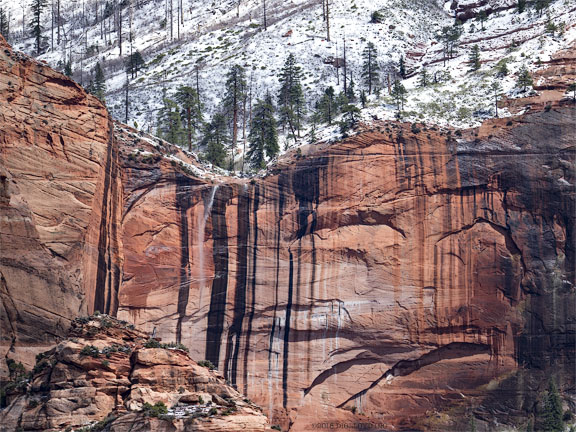
Olympus E-M1 Mark II + Panasonic Leica DG Elmarit 200mm f/2.8 POWER OIS @ 415.1mm equiv (200mm)
[low-res image for bot]
John M writes:
Thanks for your post on the Olympus EM1 Mark II and various lenses. I bought one of these last fall and have been very pleased with the IBIS and image quality. I have been using the Olympus 40-150mm f/2.8 lens which seems exceptional, have you any thoughts on it?
I also own the 75mm you discuss, I haven't used it much recently but it looks like it's well worth another try. I find the Olympus build quality to be excellent (better than Nikon) and the camera a pleasure to use once the irritating menus are dealt with.
Regarding the Nikon Z50, I find its small size to my liking and it works well with the Nikon 300mm f/4 AF-S PF VR lens although I think the Olympus stabilization is noticeably better than Nikon VR (maybe that's just me).
DIGLLOYD: I have not tested the Olympus 40-150mm f/2.8, but it is probably quite good. Yes, I think the Olympus image stabilization is really top notch, likely better than Nikon’s, but I’m not certain.
Jim Z writes:
I, too, have found the e-m1 ii impressive for so many applications. I mostly use it for “run & gun” with the Oly 12-100. I’ve successfully captured scenes at 3 to 5 seconds, hand held with that combination.
I, too, purchased a 75mm 1.8 (pristine - used, from Japan) and have found that to be a fun lens. The PL 100-400 is serviceable for wildlife, as well.
I like my Sony A7R IV , but one cannot toss it around as quickly when on the go. It is a great street camera, with a 1.4/24 or similar lens. The E-M II’s composite and focus stacking modes are useful as well (60mm macro is a nice lens along with the 1.8/8mm fisheye). So many tools.
DIGLLOYD: fun-shooting camera.



























